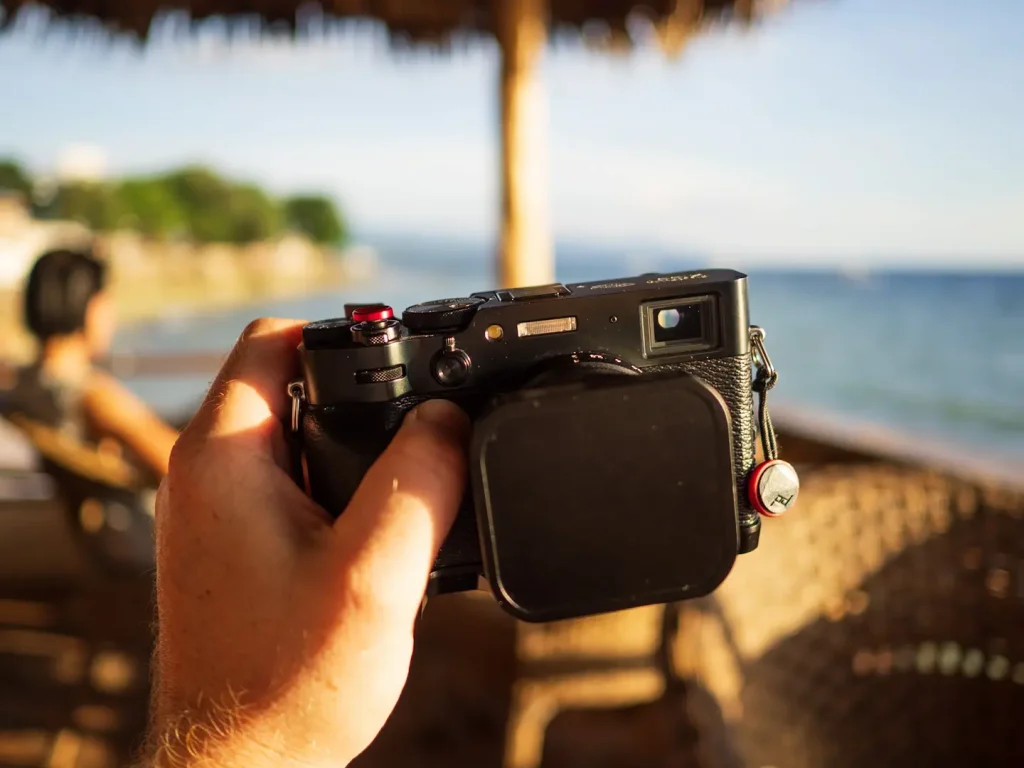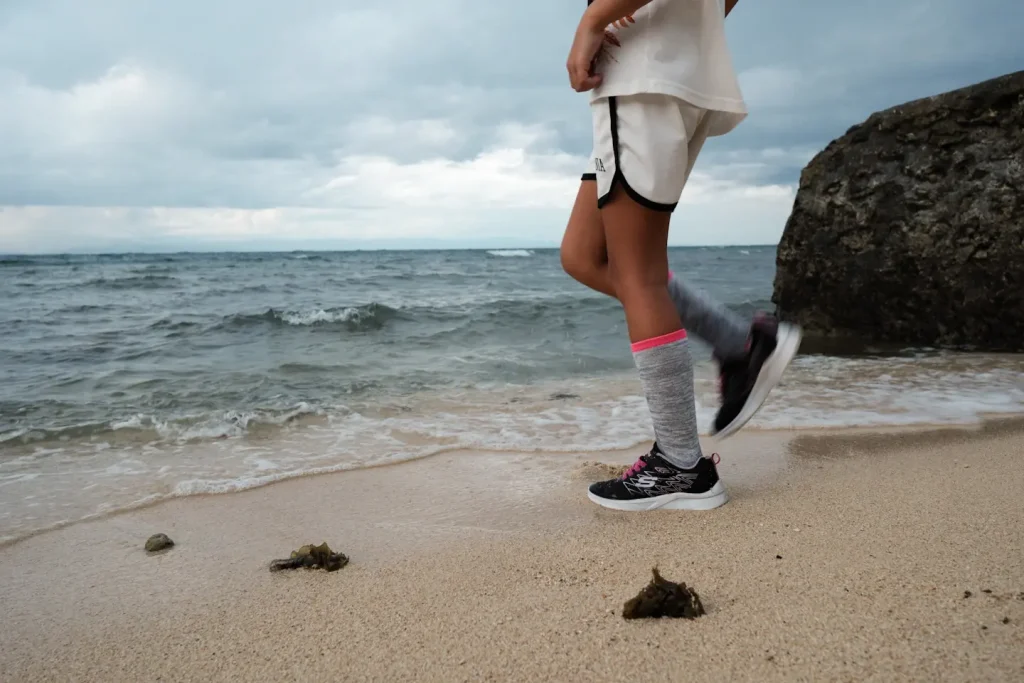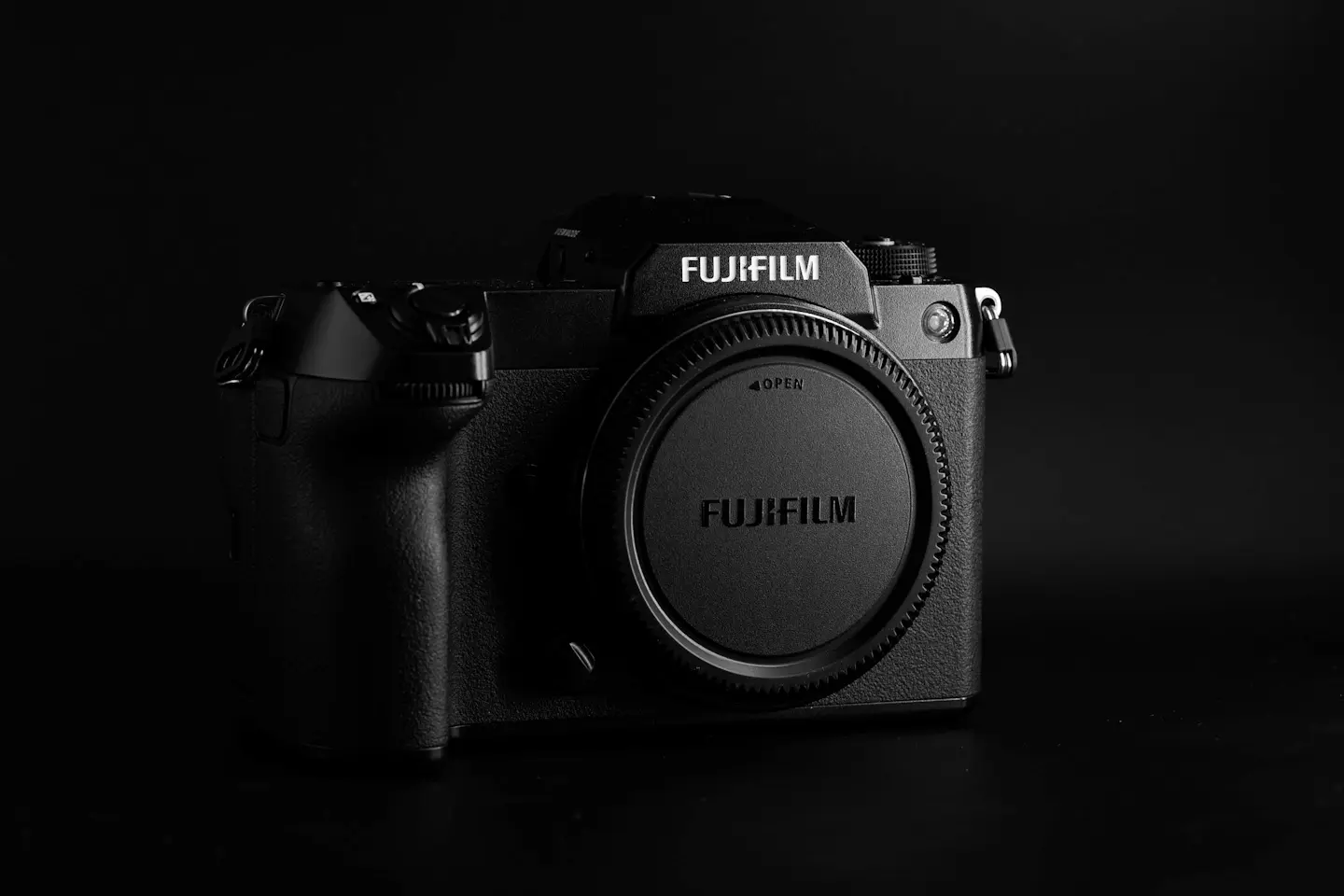Living and working as a photographer in the Philippines has taught me a lot about what really matters in a camera — and it’s why, after owning almost every major system, I still choose to shoot Fujifilm for my own work.
Over the years I’ve owned Canon, Nikon, Sony, Panasonic and OM System bodies alongside my Fujis. Each brought something impressive: full-frame depth of field, cutting-edge autofocus, video features, extreme portability. But when it comes to the photography that matters most to me — travel, family, everyday documentary — I keep reaching for my Fujifilm cameras.
Here in the Philippines that choice makes sense. Fuji gear is easier to find and support than many other brands, it handles the humidity and rain well, and the shooting experience — tactile dials, film simulations, and colors that suit the light here — keeps me inspired.
In this article I want to share why I continue to shoot Fujifilm while living in the Philippines: how the cameras fit real life here, how they compare to the other systems I’ve used, and why they remain my tools of choice for personal photography.
Why I shoot Fujifilm in the Philippines

I’d consider myself brand-agnostic — I shoot what I want and what works best for me at any given time. I started out on a Canon 450D nearly two decades ago shooting landscapes in Scotland and selling prints in galleries. Since then I’ve shot everything from the original Olympus EM5 through to large-format 4×5 film cameras in the Cotswolds.
But ever since I bought the Fujifilm X-Pro1 back in 2013/14, I’ve appreciated how Fuji has developed cameras for photographers who value not only image quality but also the shooting experience.
From Canon and Other Systems to Fujifilm

I’m not a fanboy — in fact, when I left the UK in 2014 I chose the Olympus E-M1 over the X-T1. Still, I’ve always kept up with Fuji, often buying or testing their gear, and more recently it has become a bigger part of my work.
These days I shoot with the Fujifilm X-T5, X100VI, and GFX100S, along with a solid lineup of Fuji primes from the tiny 16 mm f/2.8 through to the superb GF110 mm f/2. The X-series — especially the X-Pro, X100, and X-T lines — give me the balance I want: small and light compared to full frame, but with excellent image quality and truly inspiring lenses. Fuji’s prime lineup is, in my opinion, the best of any manufacturer: discreet f/2 lenses for travel and street, plus stunning f/1.4 and f/1.2 options with beautiful rendering and solid build quality. The GFX gives me, well, my dream, a medium format digital body no bigger than the full frame DSLR’s I used to shoot.
The 40 MP sensor in the X-T5 gives me plenty of resolution for huge prints on my 44″ Canon printer, and the high-ISO noise is very organic — uniform and film-like. Yes, full frame is a little cleaner on paper, but in practice it rarely matters. I recently shot the Nikon Z6III with a 50 mm f/1.8 alongside the X-T5 with the 33 mm f/1.4 WR in the same low-light conditions: the Nikon files were slightly cleaner, but the difference was marginal — certainly not enough to make me abandon the Fuji and when I need or want more performance, the GFX100S is a significant jump up in image quality.
Where Fuji wins for me is user experience. Physical shutter speed and ISO dials, plus aperture rings on most lenses, make these cameras feel like cameras. PASM systems on competitors might be a bit faster, but they’re less engaging. Fuji’s film simulations and JPEG color are also world-class — organic, characterful, and especially well suited to the harsh midday light and fleeting golden hours here in the Philippines.

Just this week I was out with the XF 18 mm f/1.4 WR at a local beach, shooting with my daughter Sofia and my mum. Once I’d dialled in, the files wowed me — vibrant color, crisp micro-contrast, sharp focus and beautiful fall-off into creamy bokeh. It’s exactly the kind of experience that keeps me picking up my Fuji cameras.
Fujifilm Gear Availability in the Philippines
There’s also a practical reason I shoot Fujifilm in the Philippines: availability and support. I’ve bought all my Fuji gear here — from Henry’s Camera and other local shops — and even when something shows “out of stock,” a quick call usually sorts it. That’s not the case with OM System (virtually no local presence) and Canon or other brands can be limited or overpriced. Sony is available — and I owned two A7 IVs for a year — but despite their autofocus wizardry I just wasn’t inspired to shoot them.
For a photographer living here and planning to grow a system over time, that reliable local support matters. Fuji makes it easy to build and maintain a serious kit — and that’s one more reason I’ve chosen to stay with them.
FAQ — Fujifilm in the Philippines
Is Fujifilm gear easy to buy in the Philippines?
Yes. Most major Fujifilm cameras and lenses — including the X-T5, X100VI, and GFX series — are widely stocked by retailers such as Henry’s Camera and other local dealers. Even when an item shows as out of stock online, stores can often source it quickly.
Why choose Fujifilm over other brands here?
Fujifilm offers a strong mix of availability, after-sales support, and inspiring cameras. The system has excellent primes, great colors, film simulations, and a more tactile shooting experience compared to brands like Sony or Canon.
Do Fujifilm cameras hold up in tropical climates?
Yes. Many Fuji bodies (like the X-T5) and lenses are weather-sealed and handle humidity and light rain well. Pair them with WR lenses for reliable performance in the Philippines’ changing weather.
What about Fujifilm medium format (GFX) availability?
GFX cameras and lenses are available, though stock can be more limited. Dealers like Henry’s can usually order or reserve units, and Fujifilm Philippines supports the system for professional users.


Buyer’s remorse right now for my OM-5. Should I have went for the X-T5 instead? My wife will kill me.
Ah sorry about that. I live by a rule of never regretting anything as every decison made brings you to the exact point in your life that you are at. The good news is that once you have set the camera up to your liking, you probably wont have to use the menus too much. Perhpas carry a couple of little notes on your phone with instructions on where to find your most accessed menu items in case you forget while on vacation.
All the best
David